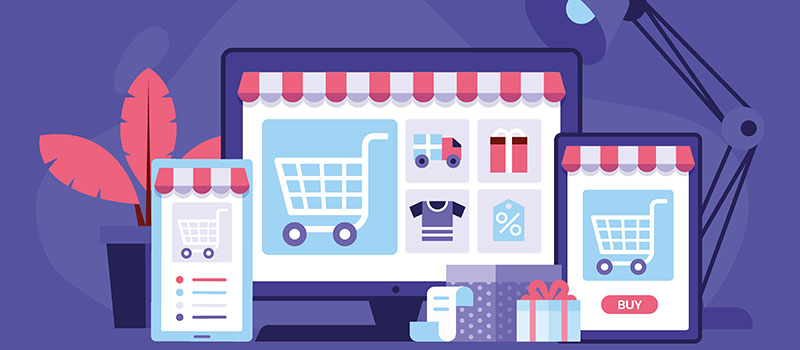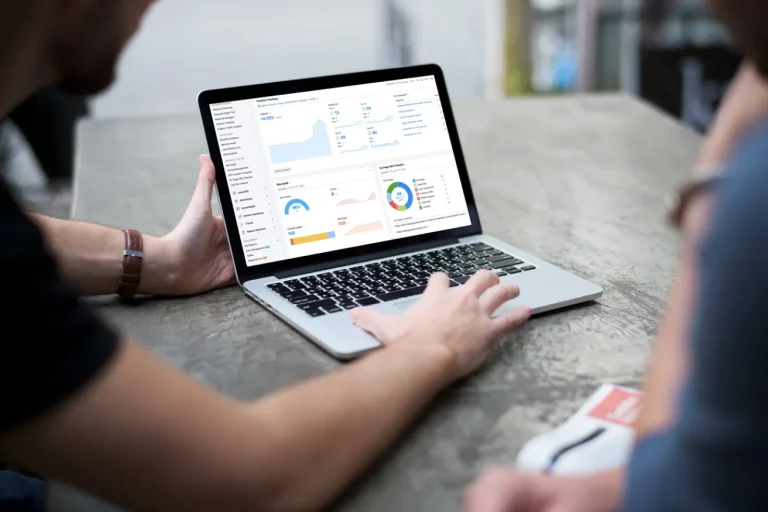Ecommerce Merchandising 101: What It Is, Why It Matters, and How to Do It Right
Ecommerce merchandising is the art and science of displaying and promoting your products online to attract and convert customers. It is one of the most important aspects of running a successful online store, as it can make or break your sales, conversions, and customer satisfaction. In this article, we will explain what ecommerce merchandising is, why it matters, and how to do it right. Read on to learn how to boost your ecommerce sales with effective merchandising strategies.
What is Ecommerce Merchandising?
Ecommerce merchandising is the process of selecting, arranging, and presenting your products online in a way that appeals to your target audience and encourages them to buy. It involves various elements and principles, such as:
- Product assortment: choosing the right mix and variety of products to offer to your customers, based on their needs, preferences, and demand.
- Product display: designing and optimizing your product pages, images, videos, descriptions, reviews, ratings, and other information to showcase your products and highlight their features and benefits.
- Product pricing: setting and adjusting your product prices, discounts, and offers to match your customers’ expectations and willingness to pay, and to optimize your profit margins and competitiveness.
- Product promotion: creating and implementing marketing campaigns, ads, banners, pop-ups, emails, and other methods to drive traffic to your product pages and increase awareness and interest in your products.
- Product personalization: tailoring your product recommendations, suggestions, and offers to each individual customer, based on their browsing history, behavior, preferences, and profile.
Ecommerce merchandising is not like traditional or online marketing. It’s about improving your own online store to make shopping smooth for customers.
Why Does Ecommerce Merchandising Matter?
Ecommerce merchandising is essential for online retailers and customers, as it can provide various benefits and overcome some challenges, such as:
- Ecommerce merchandising is essential for boosting sales and conversions. It helps bring more customers to your online store, keeps them interested, and encourages them to make purchases. When you showcase and promote your products effectively, you can raise click-through rates, conversion rates, average order value, and overall revenue.
- Enhancing customer happiness and loyalty: E-commerce merchandising aids in crafting a good and memorable shopping experience. It ensures that customers can easily find and purchase your products. Offering precise product details, fair prices, appealing deals, and personalized recommendations can boost customer satisfaction, keep them coming back, and build loyalty.
- Outperforming others in online business: Using ecommerce merchandising sets you apart and gives you a competitive advantage. Make your online store unique and valuable to customers by offering special products, attractive displays, fair prices, effective promotions, and personalized experiences. Standing out this way helps you build a strong brand and reputation, making you more competitive in the online market.
How to Do Ecommerce Merchandising Right?
Ecommerce merchandising can be challenging and complex, but it can also be rewarding and fun. Here are some practical tips and examples on how to implement effective ecommerce merchandising strategies for different types of products, customers, and platforms:
Product assortment:
Select products based on your target market, niche, and value proposition. Provide a variety that meets your customers’ needs and preferences. Keep your product selection in line with your brand vision. Regularly update your offerings to stay current with trends and seasons. For instance, in fashion, offer diverse styles, sizes, colors, and categories. Introduce new collections each season to maintain customer interest.
Product display:
Optimize your product pages by showcasing clear and high-quality images and videos. Highlight features and benefits, providing various angles and perspectives. Craft persuasive, keyword-rich descriptions that answer customer questions. Display reviews and ratings for credibility and social proof, fostering trust in your products. If you’re selling electronics, feature images and videos demonstrating product use and technical specs. Emphasize quality, performance, and durability in your descriptions, addressing customer needs. Present testimonials to showcase customer satisfaction and persuade potential buyers.
Product pricing:
Set and adjust your product prices, discounts, and offers to match what your customers expect to pay. Use market research, check out your competitors, and listen to customer feedback to figure out the best pricing strategy. Decide if you want to base your prices on costs, the value of your product, or change them dynamically. Also, use tricks like anchoring, bundling, scarcity, urgency, and free shipping to make customers more likely to buy. For instance, if you sell beauty products, base your prices on the value and quality, not just production costs. Try anchoring by showing a higher price first, making customers feel like they’re getting a great deal and more likely to make a purchase.
Product promotion:
Create and run marketing campaigns to bring more people to your product pages and make them aware and interested in what you offer. Use various methods like ads, banners, pop-ups, and emails. Reach your target audience through platforms like search engines, social media, email, and blogs. Tailor your messages based on your customers’ demographics, interests, and behavior. Encourage them to take action, like clicking, subscribing, or buying, using effective calls to action. For instance, if you sell travel products, use channels like Google, Facebook, Instagram, and TripAdvisor. Segment and target your messages based on location, interests, and preferences, and use calls to action like “Book Now” or “Save 20%” to prompt specific actions from your customers.
Product personalization:
Tailor your product recommendations, suggestions, and offers for each customer based on their browsing history, behavior, preferences, and profile. Use data, analytics, artificial intelligence, and machine learning to understand their needs and predict their actions. Employ personalization tools like recommendation engines, widgets, and email marketing to enhance their shopping experience. For instance, in book sales, analyze customers’ reading habits and preferences to suggest similar books, bestsellers, and personalized offers, boosting engagement and loyalty.
Conclusion
Optimizing how you display products online is crucial for increasing sales and making shopping enjoyable for customers. Use the tips and examples we provided to enhance your online store and stand out from competitors.
For further assistance with ecommerce merchandising or any aspect of ecommerce, reach out to OnextDigital. We’re a top ecommerce agency offering services like web development, mobile app development, UX/UI design, and white label software. Our team of experts is ready to assist you in building and maintaining your online store to reach your ecommerce objectives. Contact us now for a free consultation and quote.






